Home>Furniture>Bedroom Furniture>How To Move A Bed Frame
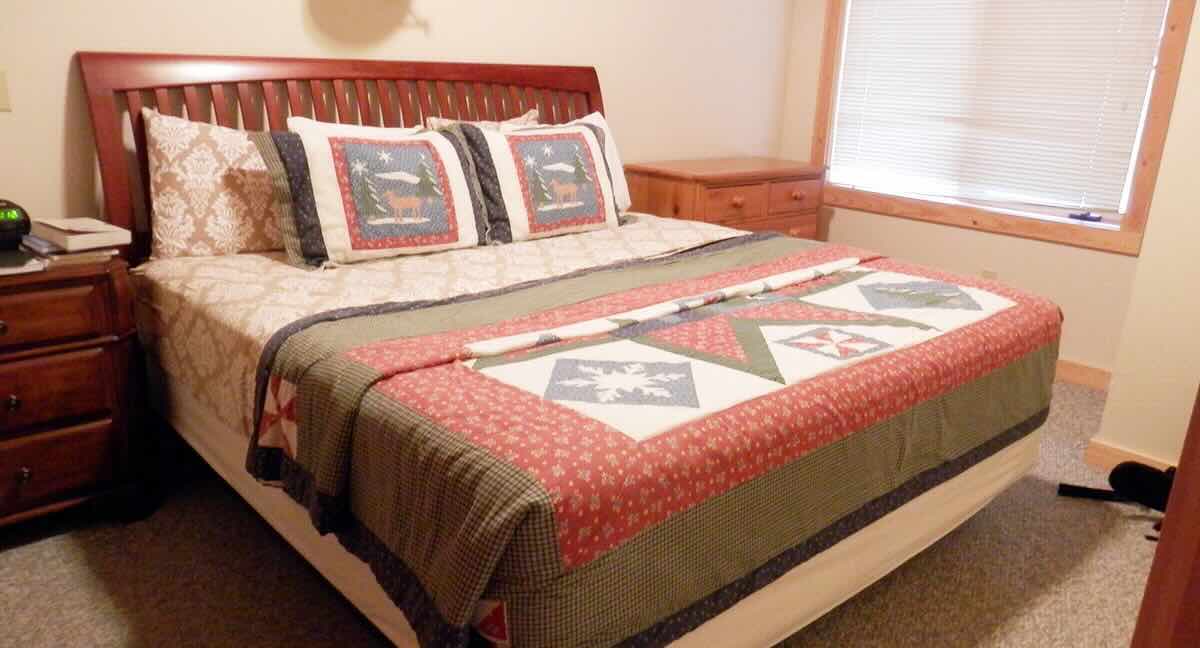

Bedroom Furniture
How To Move A Bed Frame
Modified: February 28, 2024
Learn how to move a bed frame safely and efficiently with our step-by-step guide. Preserve your bedroom furniture during the relocation process.
(Many of the links in this article redirect to a specific reviewed product. Your purchase of these products through affiliate links helps to generate commission for Storables.com, at no extra cost. Learn more)
Introduction
When it’s time to move to a new place or rearrange your bedroom, one of the most challenging tasks is moving your bed frame. Bed frames can be heavy, bulky, and difficult to maneuver. However, with the right preparation and technique, you can make the process much easier and ensure that your bed frame arrives at its destination without any damage.
In this article, we will guide you through the step-by-step process of moving a bed frame. Whether you’re relocating to a new home or simply rearranging your furniture, these tips will help you transport your bed frame efficiently and safely.
Before you get started, it’s important to gather the necessary tools and materials to make the process smoother. These may include screwdrivers, pliers, straps, blankets, and moving pads. Having these items on hand will greatly simplify the process and protect your bed frame from any potential damage.
So, let’s get started with the first step: preparation.
Key Takeaways:
- Moving a bed frame requires careful preparation, disassembly, protection, and teamwork. With the right approach, you can relocate your bed frame smoothly and ensure a comfortable sleeping environment in your new space.
- By following a step-by-step guide, you can confidently disassemble, protect, move, and reassemble your bed frame. With proper preparation and execution, the process becomes efficient and seamless, preserving your bed frame for years to come.
Read more: How To Pack A Bed Frame For Moving
Step 1: Preparation
Before you begin disassembling your bed frame, it’s crucial to prepare the surrounding area and take necessary precautions. Here are a few important steps to follow:
- Clear the pathway: Remove any obstacles or clutter in the room and along the path you’ll be taking to move the bed frame. This includes rugs, furniture, and other items that could impede your progress.
- Gather the necessary tools: As mentioned earlier, gather all the tools and materials you’ll need to disassemble and move the bed frame. This may include screwdrivers, pliers, and blankets for protection.
- Measure the dimensions: Take measurements of the doorways, hallways, and stairways to ensure that the bed frame will fit through smoothly. This will help you plan the best route for moving the bed frame.
- Enlist help: Moving a bed frame can be a physically demanding task, so it’s best to enlist the help of a friend or family member. Having an extra pair of hands will make the process much easier and safer.
- Protect the surrounding area: Cover the floors and walls near the bed frame with protective coverings or drop cloths to prevent any accidental scratches or damage.
By following these steps, you’ll set yourself up for a smooth and organized moving process. Now that you’ve prepared the space, it’s time to move on to the next step: disassembling the bed frame.
Step 2: Disassembling the Bed Frame
Now that you’ve made the necessary preparations, it’s time to disassemble your bed frame. Follow these steps to safely take apart the different components:
- Remove the mattress and box spring: Start by removing the mattress and box spring from the bed frame. Place them in a safe area where they won’t get damaged during the moving process.
- Detach the headboard and footboard: If your bed frame has a headboard and footboard, remove them first. Typically, these are attached using screws or bolts. Use the appropriate tools to unscrew them and carefully set them aside.
- Disassemble the side rails: Next, focus on disassembling the side rails of the bed frame. Look for any screws or bolts that secure the rails to the headboard and footboard, and remove them using the appropriate tools.
- Package and label the hardware: As you disassemble the bed frame, keep all the screws, bolts, and other hardware together in a plastic bag or container. It’s important to label the bag or container to ensure that you can easily find the right hardware when it’s time to reassemble the bed frame.
By carefully disassembling your bed frame, you’ll make it much easier to transport and reassemble it later. Once the bed frame is completely disassembled, you can move on to the next step: removing the mattress and box spring.
Step 3: Removing the Mattress and Box Spring
After disassembling the bed frame, the next step is to remove the mattress and box spring. Here’s how you can do it:
- Clear the surrounding area: Create a clear path from the bedroom to the exit by removing any obstacles in the way.
- Secure the mattress: If the mattress is not already in a protective cover, use a mattress bag to safeguard it from dirt and damage during the move. Secure the bag using tape or straps to keep it in place.
- Remove the mattress: Lift the mattress carefully, taking care not to strain your back. If the mattress is too heavy, enlist the help of someone to assist you.
- Repeat the process for the box spring: If your bed frame includes a box spring, follow the same steps to protect and remove it. Use straps or secure it with tape to ensure it stays intact during transport.
Remember to be cautious when lifting heavy items like mattresses and box springs to prevent any injuries. Once the mattress and box spring are safely removed, it’s time to move on to the next step: protecting the bed frame.
Step 4: Protecting the Bed Frame
Now that the mattress and box spring are out of the way, it’s important to protect the bed frame to prevent any damage during the moving process. Follow these steps to ensure the safety of your bed frame:
- Wrap with blankets or moving pads: Use thick blankets or specialized moving pads to wrap the different components of the bed frame. This will help prevent scratches, dents, or other damage while in transit.
- Secure with straps or ropes: Once the bed frame is wrapped, use straps or ropes to secure the blankets or moving pads in place. This will keep them from shifting or coming loose during the move.
- Label and mark fragile parts: If there are any delicate or fragile parts of the bed frame, mark them clearly so that you and your helpers are aware and can take extra care when handling those areas.
By taking these precautionary measures, you’ll significantly reduce the risk of any damage to your bed frame. With the bed frame securely protected, you’re now ready to move on to the next step: actually moving the bed frame.
When moving a bed frame, disassemble it as much as possible to make it easier to transport. Keep all screws and hardware in a labeled bag to avoid losing them.
Read more: How To Move A Tempurpedic Bed Frame
Step 5: Moving the Bed Frame
Now comes the moment you’ve been preparing for: actually moving the bed frame. Follow these steps to ensure a smooth and safe transition:
- Enlist the help of others: Moving a bed frame can be a challenging task, so it’s best to have at least one or two extra people to assist you. This will make it easier to lift and maneuver the bed frame.
- Use proper lifting techniques: When lifting the bed frame, remember to bend at the knees and use your leg muscles, rather than straining your back. Lift with a straight back and avoid twisting motions.
- Communicate and coordinate: Before lifting or moving the bed frame, establish clear communication with your helpers. Ensure everyone is ready and understands the plan to avoid any accidents or unnecessary strain.
- Take it slow and steady: Moving the bed frame can be a slow process. Avoid rushing and focus on maintaining control and stability. If needed, take breaks to rest and regain your strength.
- Favor a protective path: When navigating hallways and doorways, make sure to use protective coverings or blankets to prevent any scratches or damage to the walls or furniture.
- Keep a steady grip: Maintain a firm grip on the bed frame at all times, especially when going up or down stairs. Ensure that all helpers are keeping a secure hold as well.
By following these steps, you can safely move the bed frame to its new location. Once you’ve successfully transported the bed frame, it’s time for the final step: reassembling it.
Step 6: Reassembling the Bed Frame
Now that you’ve successfully moved the bed frame to its new location, it’s time to reassemble it. Follow these steps to put the bed frame back together:
- Refer to the labeled hardware: Retrieve the plastic bag or container where you stored the screws, bolts, and other hardware from when you initially disassembled the bed frame. Refer to the labels to find the right pieces for each section.
- Start with the side rails: Begin by attaching the side rails to the headboard and footboard. Insert the screws or bolts into the pre-drilled holes and tighten them with the appropriate tools. Ensure that the rails are secure and stable.
- Reattach the headboard and footboard: Once the side rails are in place, reattach the headboard and footboard using the screws or bolts you previously removed. Tighten them securely to ensure a sturdy connection.
- Double-check the stability: After reassembling the bed frame, give it a gentle shake to make sure all the components are securely connected. If anything feels loose or unstable, tighten the necessary screws or bolts.
By following these steps, you’ll have your bed frame reassembled and ready for use in no time. Now all that’s left to do is to place the mattress and box spring.
Step 7: Placing the Mattress and Box Spring
With the bed frame successfully reassembled, it’s time to place the mattress and box spring onto the bed frame. Here’s how you can do it:
- Clean the bed frame: Before placing the mattress and box spring, make sure the bed frame is clean and free from any dirt or debris that may have accumulated during the moving process. This will help ensure a comfortable and hygienic sleeping environment.
- Position the box spring: Carefully place the box spring on the bed frame, ensuring it sits evenly and securely. If necessary, use additional straps or supports to keep it in place.
- Place the mattress: Once the box spring is in position, carefully place the mattress on top of it. Align the corners and edges of the mattress with the bed frame to ensure a proper fit.
- Adjust and make it comfortable: Once the mattress is in place, take a moment to adjust it and make it comfortable. Smooth out any wrinkles or creases in the bedding and arrange pillows and other accessories.
With the mattress and box spring properly placed on the bed frame, you’ve successfully completed the process of moving and reassembling your bed. Now you can enjoy a good night’s sleep in your newly arranged bedroom or new home.
Remember, while moving and assembling furniture can be a challenging task, with the right preparation and techniques, it becomes much easier. By following these steps and taking the necessary precautions, you can ensure a smooth and hassle-free experience when moving your bed frame.
Happy moving and sweet dreams!
Conclusion
Moving a bed frame may seem like a daunting task, but with the right approach and preparation, it can be accomplished smoothly and safely. By following the step-by-step guide outlined in this article, you can confidently disassemble, protect, move, and reassemble your bed frame with ease.
Remember to begin by preparing the surrounding area, gathering the necessary tools, and measuring doorways and hallways to ensure a seamless moving process. Disassemble the bed frame carefully, keeping track of the hardware to make reassembly easier. Remove the mattress and box spring, protecting them during the move to avoid any damage.
It is equally important to take precautionary measures to safeguard the bed frame, such as wrapping it with blankets or moving pads and securing them with straps or ropes. Labeling any fragile parts is essential to handle them with extra care.
When it comes to physically moving the bed frame, teamwork and proper lifting techniques are crucial. Enlist the help of others, communicate effectively, and take your time to ensure a safe and successful relocation. Protect your surroundings by using coverings or blankets to prevent unnecessary damage.
Once you have successfully transported the bed frame to its new location, reassemble it using the labeled hardware. Double-check the stability of the connections to ensure a solid structure. Finally, place the mattress and box spring back on the bed frame, making any necessary adjustments for comfort.
Moving a bed frame requires some effort and coordination, but the end result is a fresh bedroom setup or a smoothly relocated living space. With careful planning and execution, you can make the process efficient and seamless.
Remember, taking the time to properly disassemble, protect, and move your bed frame will help preserve its lifespan and ensure you can enjoy a good night’s sleep for years to come. So, roll up your sleeves, gather your helpers, and embark on your bed frame moving adventure!
Frequently Asked Questions about How To Move A Bed Frame
Was this page helpful?
At Storables.com, we guarantee accurate and reliable information. Our content, validated by Expert Board Contributors, is crafted following stringent Editorial Policies. We're committed to providing you with well-researched, expert-backed insights for all your informational needs.
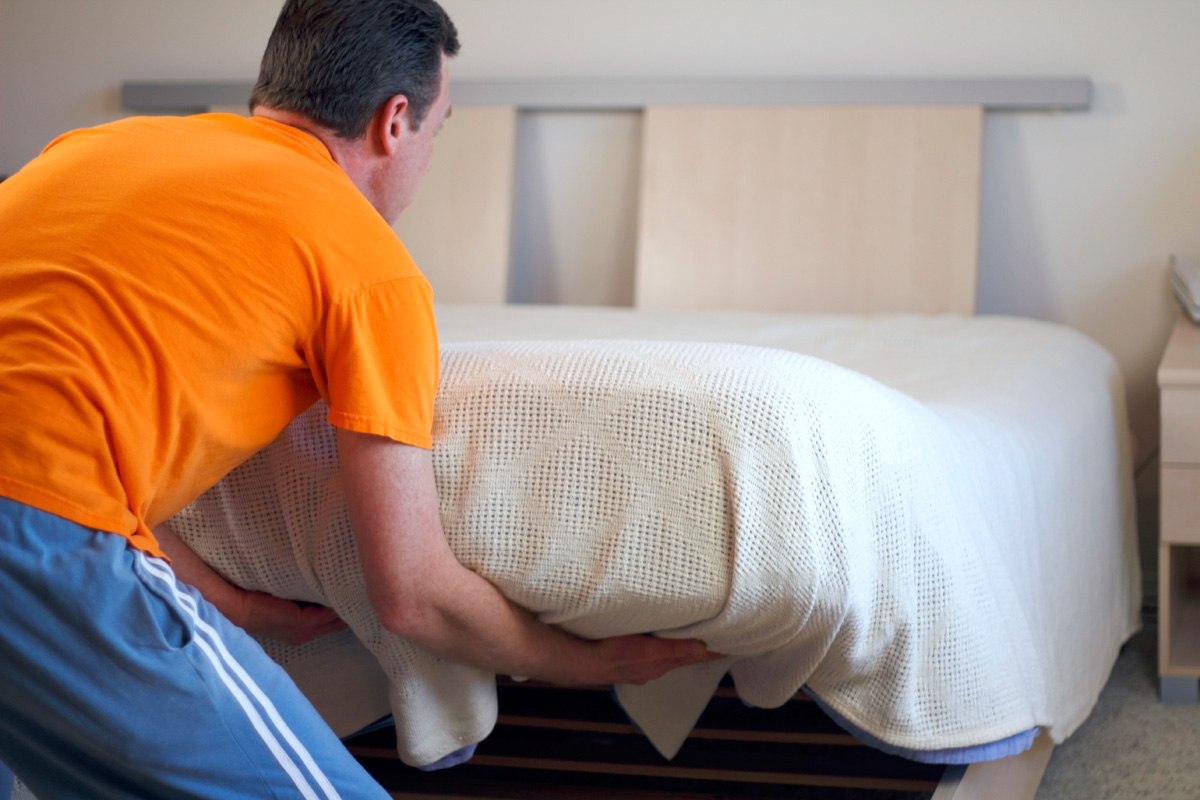





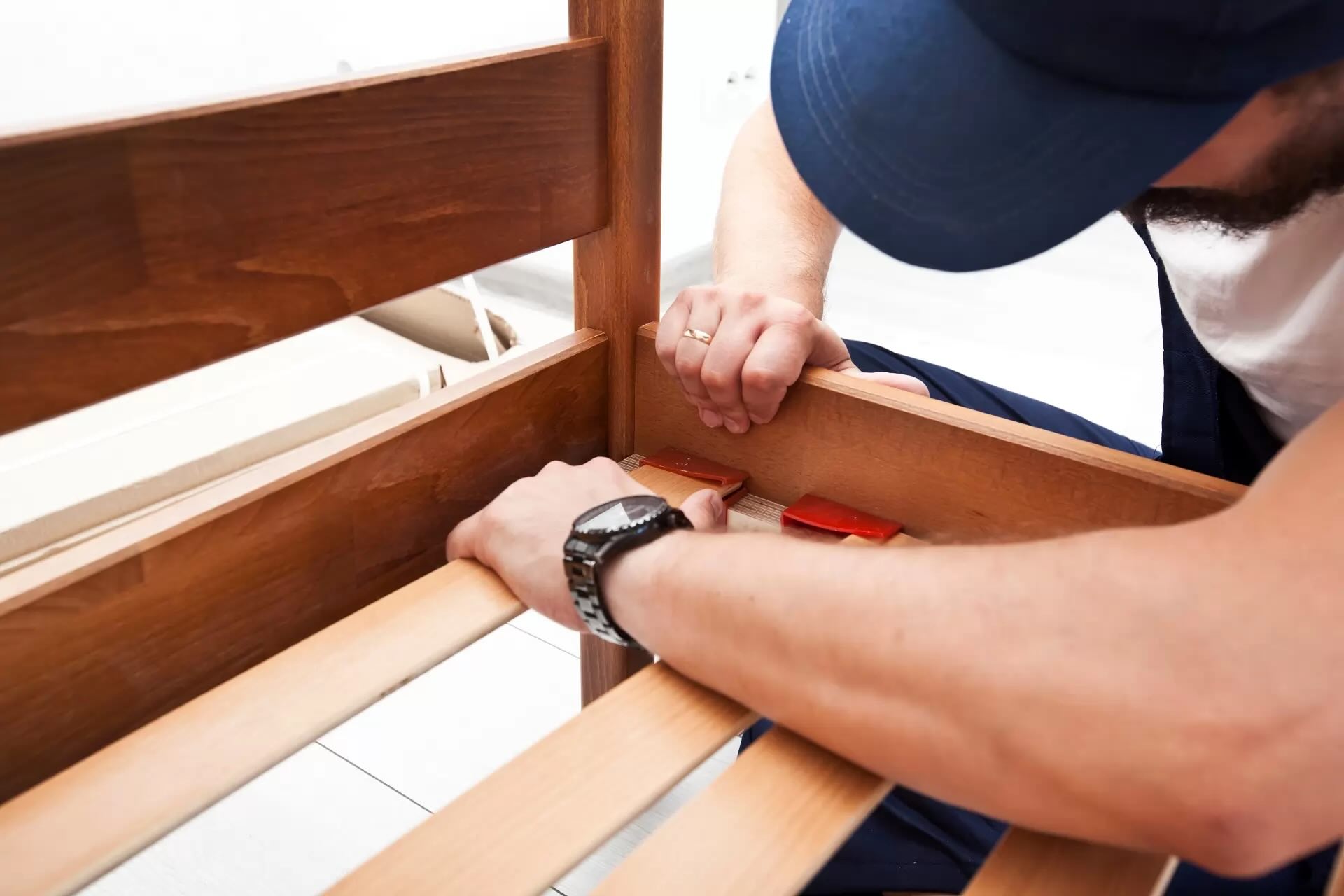
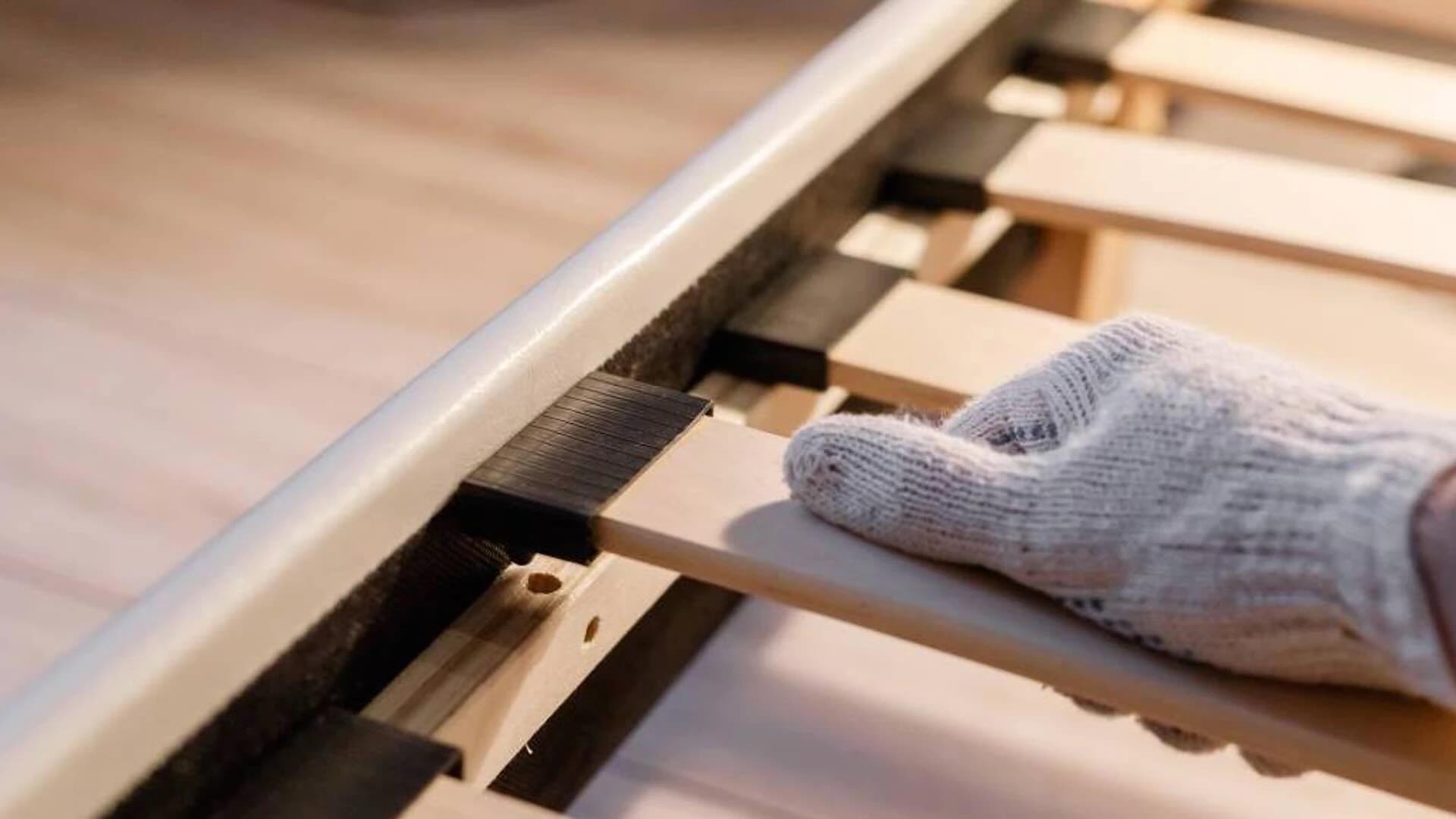
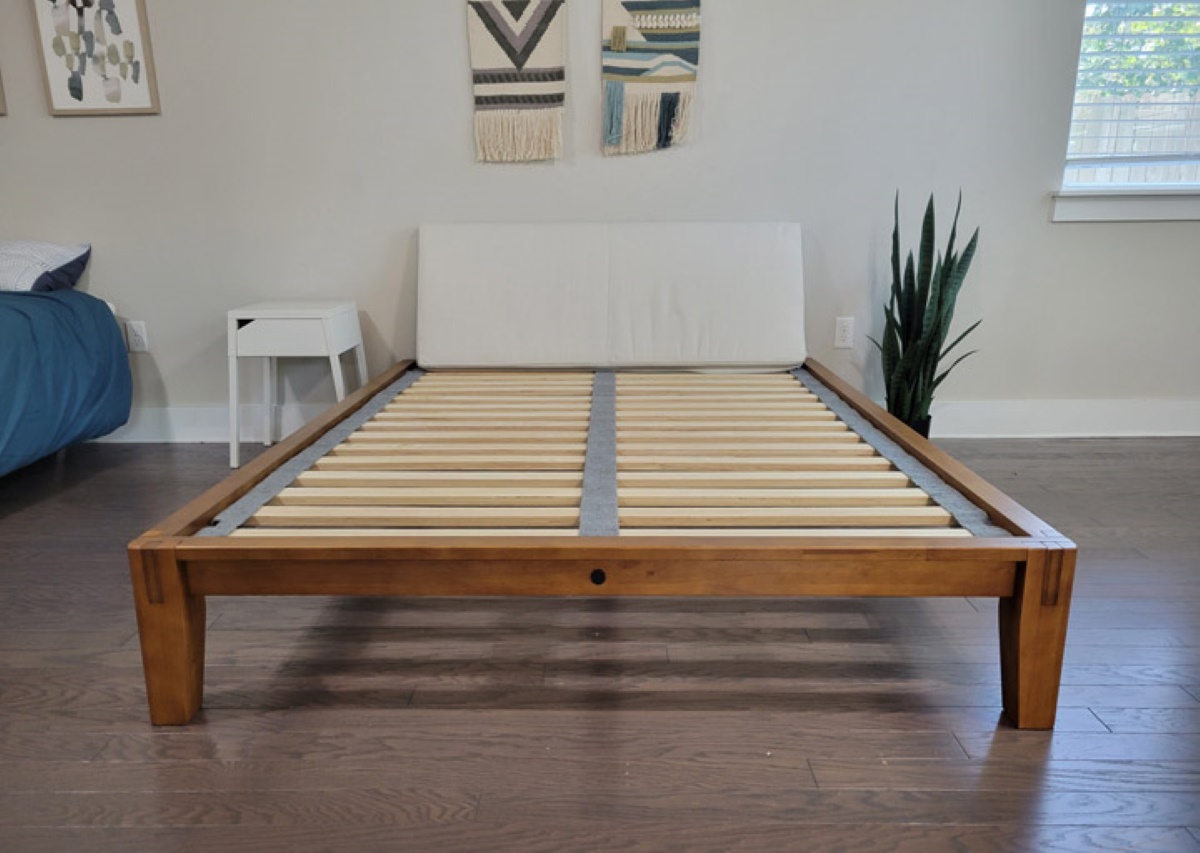



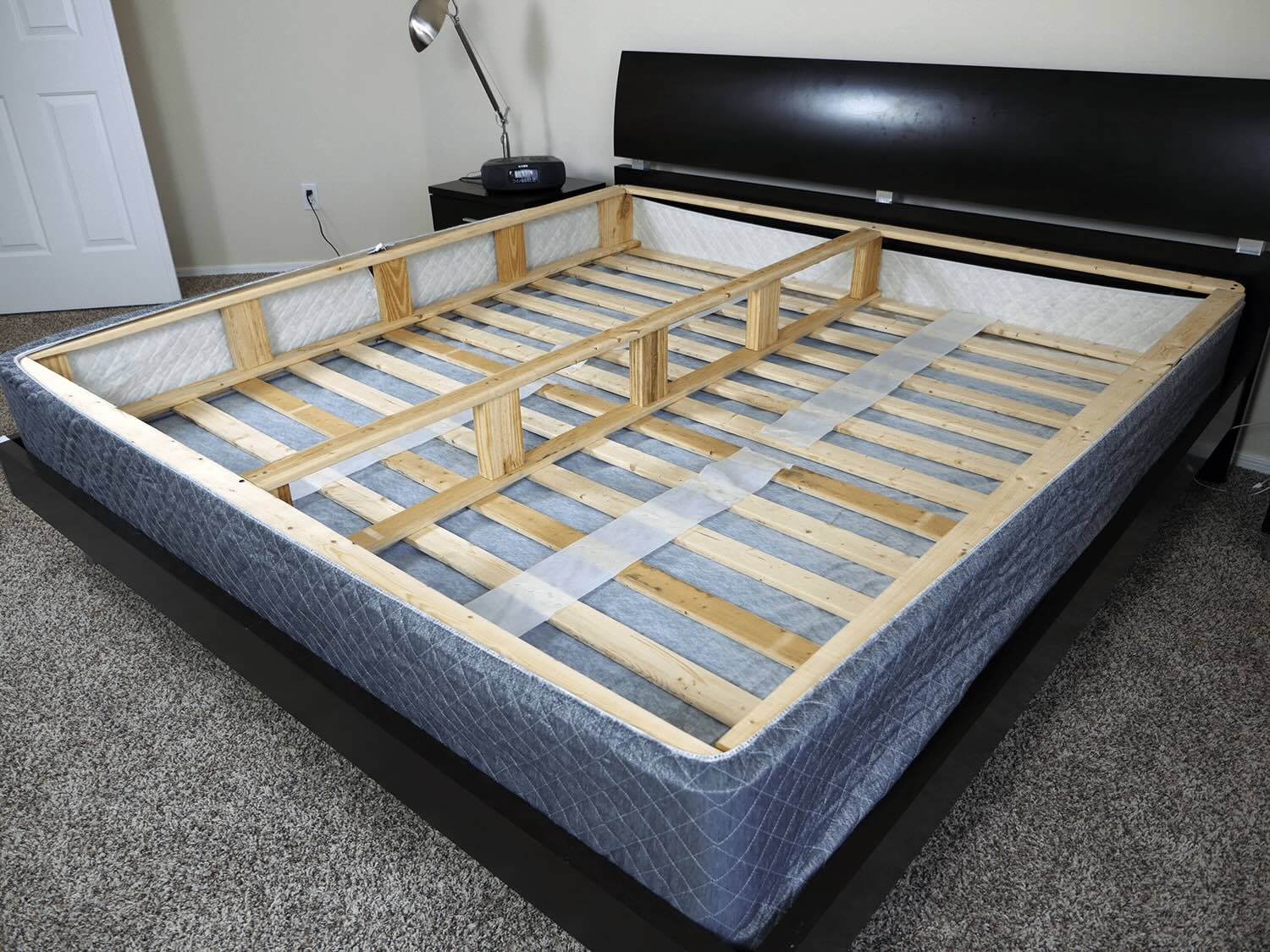
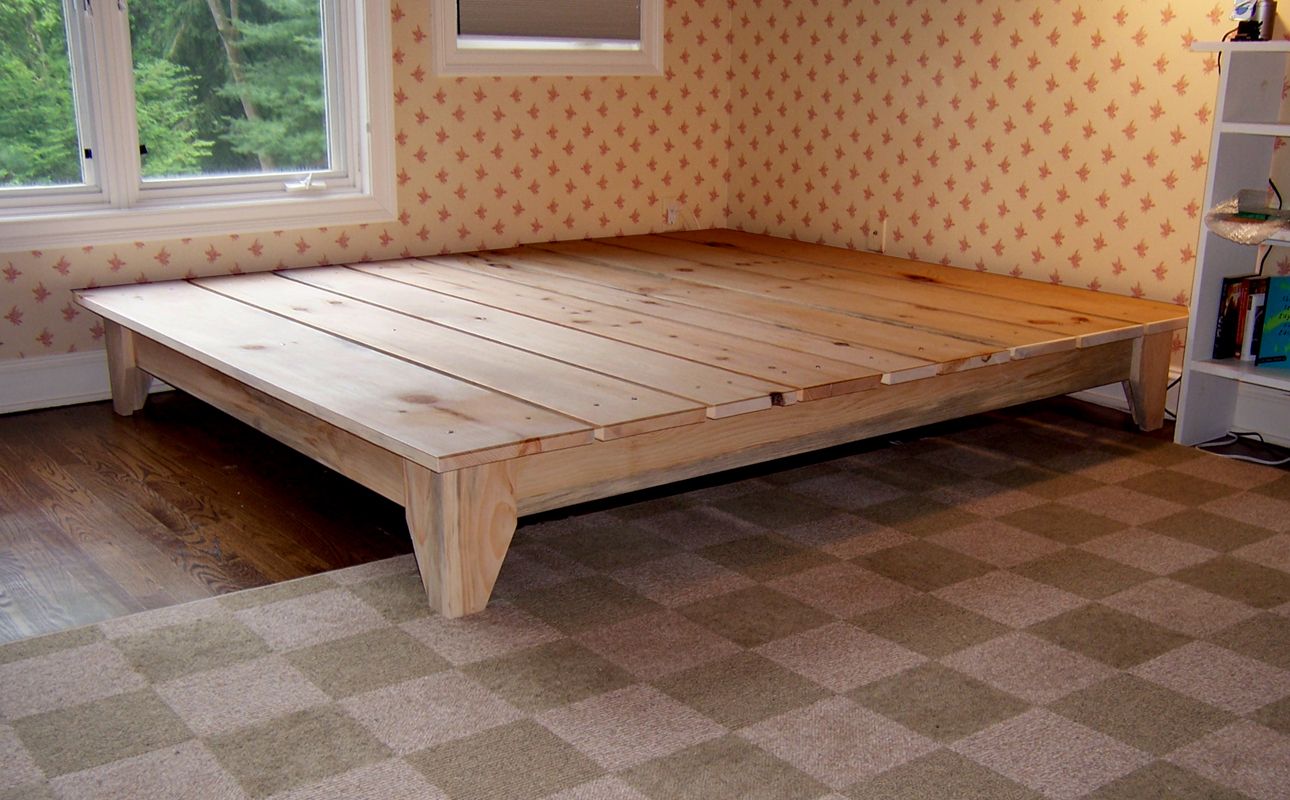

0 thoughts on “How To Move A Bed Frame”